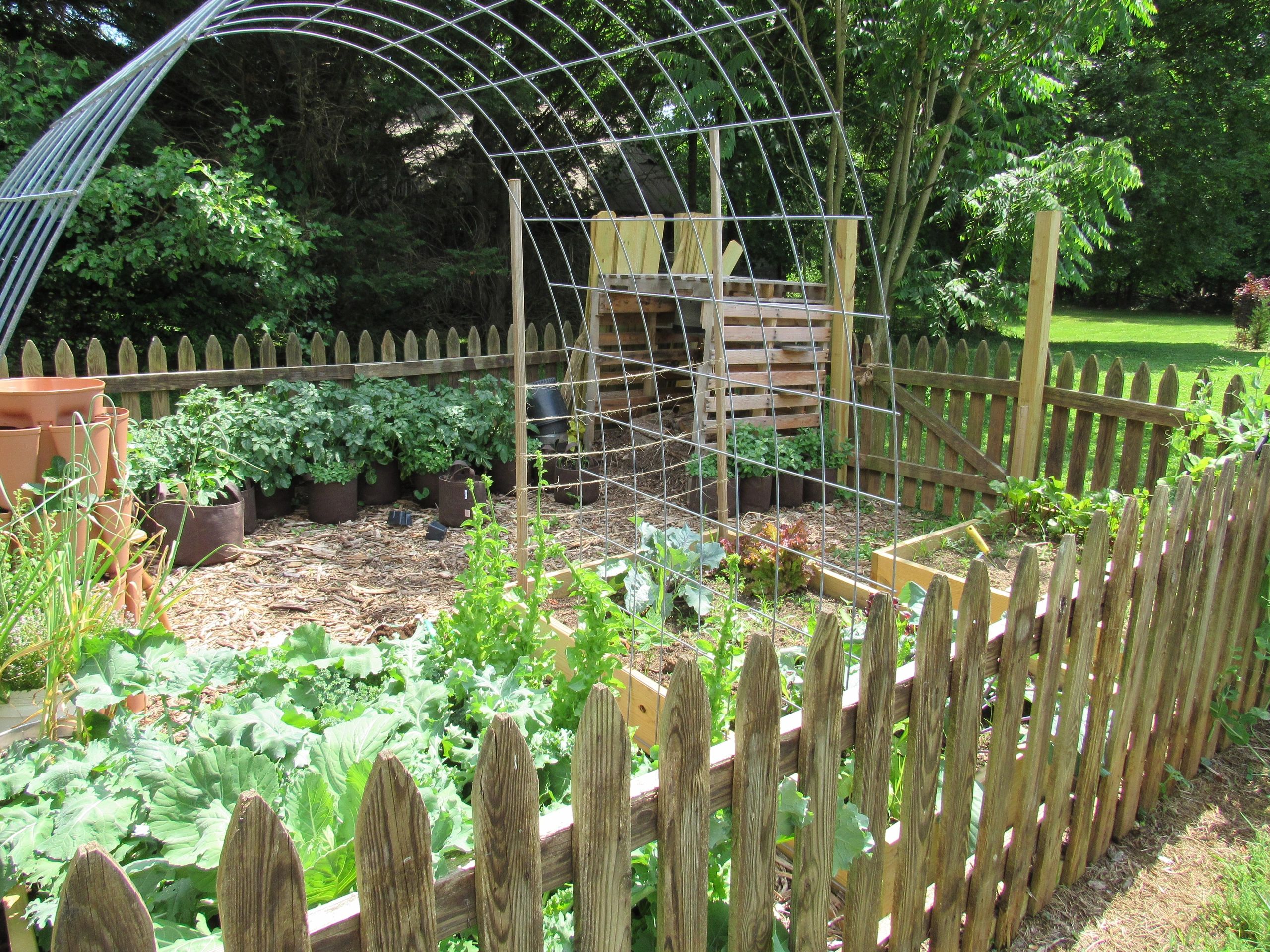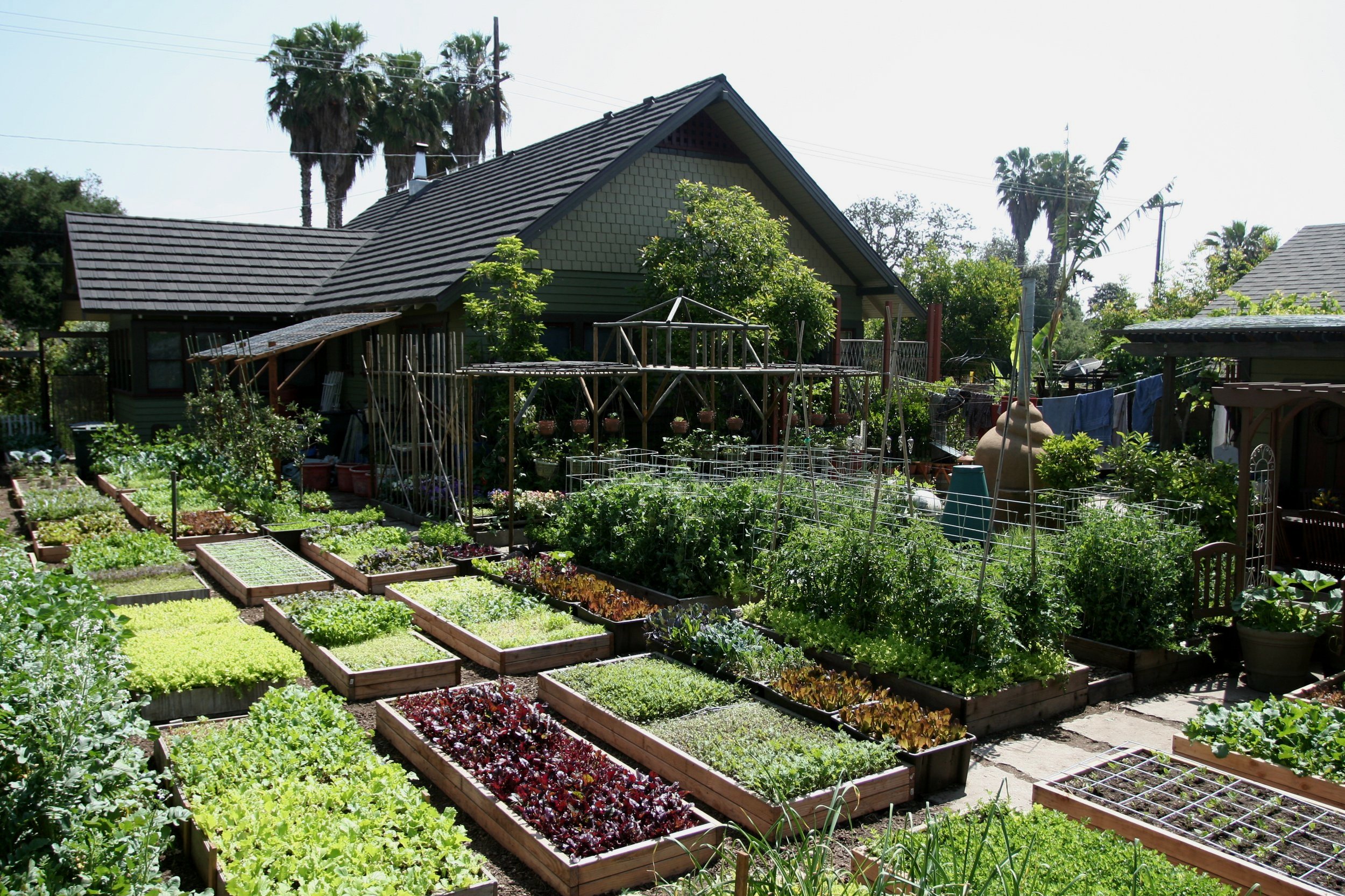The Growing Trend of Homestead Gardening
Wiki Article
Discover the Tricks to Creating a Effective and attractive Horticulture Space
Producing a productive and beautiful horticulture space is not simply a matter of growing flowers and vegetables; it calls for a calculated approach that includes various crucial aspects. From picking the right location based upon sunshine and dirt type to attentively developing your format and choosing appropriate plants, each decision plays a critical duty in the success of your garden. Recurring maintenance is essential to maintain its elegance and productivity. As you contemplate these factors, take into consideration just how they intertwine to unlock the full possibility of your gardening endeavors. What certain methods can raise your room past the common?Selecting the Right Location
Selecting the excellent place for your yard is crucial to its success and total visual appeal. The primary step in this process involves examining sunlight direct exposure, as a lot of plants require at the very least 6 hours of straight sunlight daily (Homestead Gardening). A south-facing yard usually receives one of the most light, while shaded areas can impede development and blooming
Additionally, think about soil top quality and drainage. Well-draining soil is vital to avoid water logged roots, which can bring about plant illness. Conducting a soil examination can offer beneficial information relating to pH degrees and nutrition material, enabling you to change the dirt appropriately.
Moreover, proximity to water resources is an additional element to evaluate - Homestead Gardening. Having easy access to a pipe or watering system can streamline the watering process and urge consistent plant care. Wind defense is additionally crucial; placing your garden near frameworks, such as wall surfaces or fences, can secure it from rough winds that may damage delicate plants
Last but not least, consider availability for upkeep and harvesting. A well-placed yard enables hassle-free access, making sure that you can conveniently often tend to your plants without creating undue anxiety or disruption. Thoughtful area selection lays the foundation for a flourishing garden.
Picking Plants Carefully
When selecting plants for your garden, it's necessary to consider elements such as climate, soil conditions, and individual preferences to guarantee a efficient and unified room. A detailed understanding of your local climate will direct you in selecting plants that thrive in your particular atmosphere. Picking drought-resistant ranges is helpful in arid regions, while moisture-loving types might be extra ideal for locations with high rainfall.Dirt conditions are just as essential; performing a dirt test can disclose pH levels and nutrient material, enabling you to choose plants that will certainly thrive. Native plants are typically an outstanding selection, as they are commonly well-adapted to regional soil types and need less upkeep.
Reflect on your personal choices-- picking plants that resonate with your aesthetic preferences will enhance your pleasure and dedication to maintaining your garden. By carefully assessing these aspects, you can create a diverse and successful plant selection that elevates your gardening experience.
Designing Your Garden Design
With a thoughtfully picked plant choice in hand, the following step is to create a garden layout that makes the most of both appeal helpful resources and capability. Begin by evaluating the offered room, taking into consideration factors such as wind, sunshine, and color patterns. A tactical format needs to integrate numerous areas, including locations for planting, paths, and perhaps seating.Begin with larger plants or focal factors, such as trees or tall perennials, positioned strategically to create aesthetic passion. Layer smaller sized plants ahead to improve deepness and texture. Think about the growth habits of your picked plants; taller selections need to be placed at the back or center of beds, while much shorter ones can line the edges.
Integrating pathways not only helps with access for maintenance however also invites expedition. Use materials that match the garden's overall visual, whether crushed rock, wood, or stone chips.
Additionally, think of seasonal changes and just how your design will look throughout the year. Including evergreens together with seasonal flowers can guarantee year-round beauty. Inevitably, a well-designed garden layout integrates the natural elegance of plants with practical factors to consider, leading to a room that is both inviting and effective.
Enhancing Dirt Health And Wellness

To boost soil wellness, start by conducting a dirt test to examine pH degrees, nutrition material, and soil texture. Integrate organic issue such as garden compost, well-rotted manure, or fallen leave mold and mildew to improve dirt framework, water retention, and microbial task.
Mulching is another effective method; it not just preserves moisture but likewise suppresses weeds and gradually improves the dirt as it breaks down. Preventing too much husbandry is crucial, as it can interfere with dirt framework and harm advantageous microorganisms. Rather, take on no-till or marginal husbandry practices to preserve soil stability.

Preserving Your Garden Successfully
A well-kept yard is a resource of satisfaction and performance, calling for regular interest to make sure that plants thrive and Going Here the landscape remains welcoming. Reliable yard upkeep entails a number of crucial techniques that enhance the health of your plants and the total visual of your area.Normal watering is crucial; nonetheless, it is very important to customize your watering routine based on the certain requirements of your plants and local climate problems. Mulching can help keep moisture, subdue weeds, and manage dirt temperature. Prompt weeding protects against competitors for nutrients and sources, making certain that your plants grow.
Pruning is one more important job. It motivates healthy growth, removes dead or infected branches, and shapes plants to keep an appealing structure. In addition, checking for illness and parasites is important; early detection and treatment can conserve your plants from considerable damages.
Fertilization needs to be implemented thoughtfully, utilizing organic choices whenever possible to promote long-lasting dirt health. Seasonal jobs such as planting, separating perennials, and preparing for winter will guarantee your garden remains dynamic year-round. By adhering to these practices vigilantly, you can cultivate a garden that is both attractive and productive.
Final Thought
Selecting an appropriate area with ample sunshine, picking ideal plants, creating a visually pleasing layout, enhancing soil health, and making certain normal maintenance are necessary parts. By integrating these practices, one can grow a flourishing garden that not only enhances the landscape yet likewise advertises Look At This eco-friendly equilibrium and sustainability.From selecting the right area based on sunlight and soil type to thoughtfully designing your design and choosing ideal plants, each decision plays a critical function in the success of your yard. Well-draining soil is essential to protect against waterlogged origins, which can lead to plant illness.When choosing plants for your yard, it's important to take into consideration elements such as climate, dirt conditions, and personal preferences to guarantee a harmonious and efficient area. Ultimately, a properly designed garden design harmonizes the natural elegance of plants with useful factors to consider, resulting in a space that is both welcoming and effective.

Report this wiki page